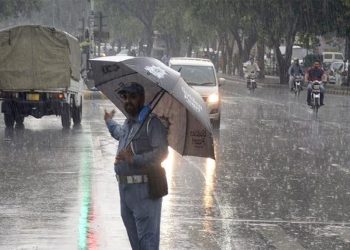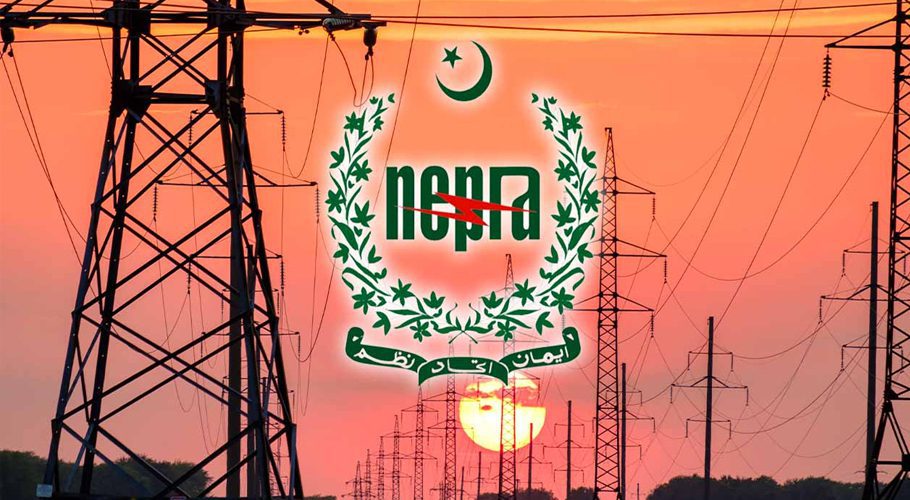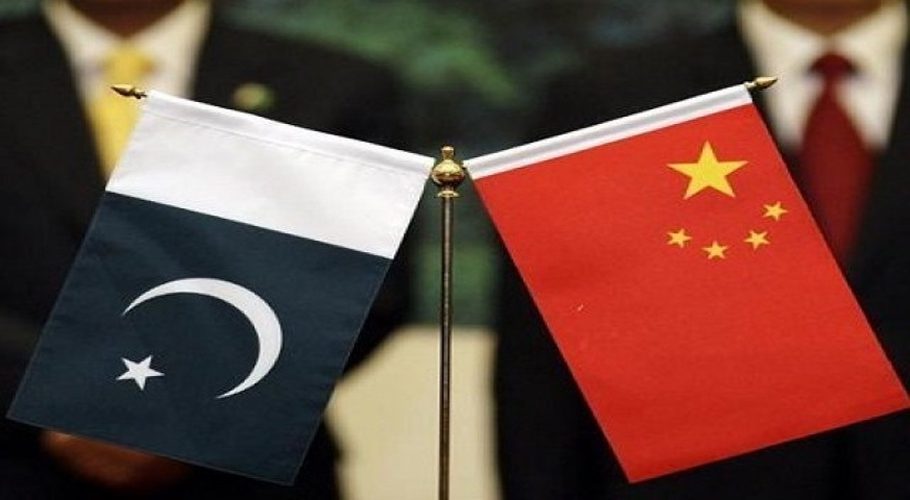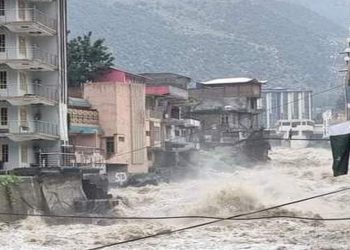ISLAMABAD: Doctors treated hundreds of heatstroke victims at hospitals across Pakistan on Thursday after an intense heat wave, exacerbated by climate change, sent temperatures soaring above normal levels, officials said.
Temperatures reached as high as 49 degrees Celsius (120 degrees Fahrenheit) the previous day in Mohenjo Daro. The city, known for its archaeological sites, is located in southern Sindh province, which was severely affected by climate-induced monsoon rains and devastating floods in 2022. The heat wave is forecast to continue for at least a week.
Authorities have urged people to stay indoors, hydrate, and avoid unnecessary travel. However, laborers say they have no choice but to work to support their families.
“Pakistan is the fifth most vulnerable country to the impact of climate change. We have witnessed above-normal rains and floods,” said Rubina Khursheed Alam, the prime minister’s coordinator on climate, at a news conference in the capital, Islamabad.
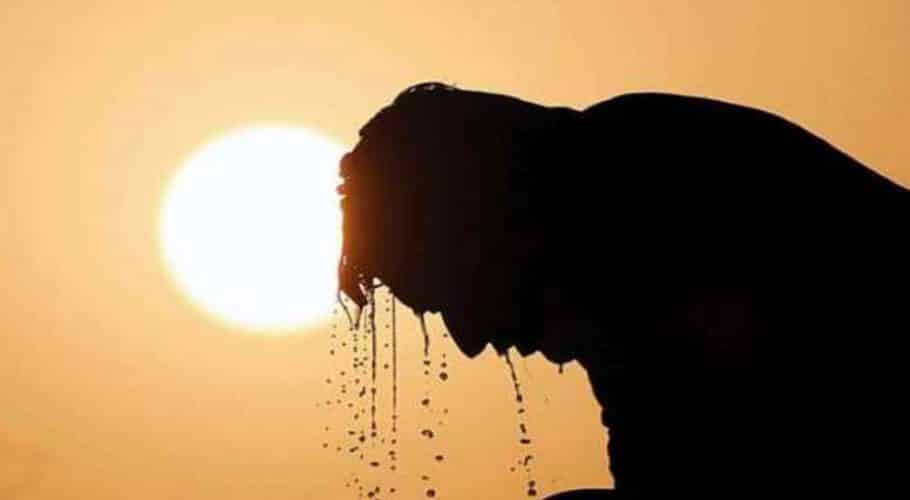
Doctors reported treating hundreds of patients in the eastern city of Lahore, while scores of people were brought to hospitals in Hyderabad, Larkana, and Jacobabad districts in southern Sindh province.
Health officials stated that the state-run ambulance service is now carrying bottled water and ice to provide emergency treatment to heatstroke victims.
Heatstroke is a serious illness that occurs when the body temperature rises too quickly, potentially causing unconsciousness. Severe heatstroke can lead to disability or death.
This year, Pakistan recorded its wettest April since 1961, with more than double the usual monthly rainfall. Last month’s heavy rains killed scores of people and destroyed property and farmland.
Daytime temperatures are soaring 8 degrees Celsius (46 degrees Fahrenheit) above May’s average temperatures, raising fears of flooding in the northwest due to glacial melting.















